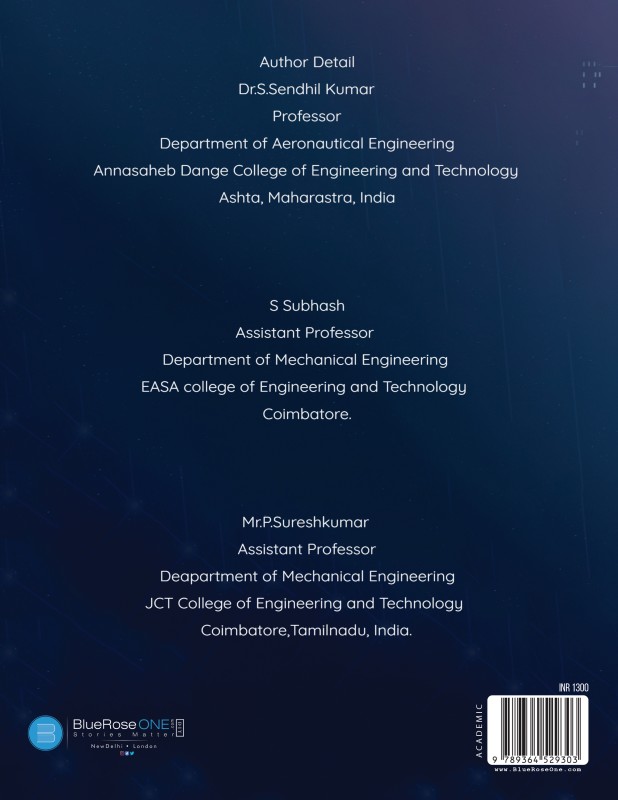ADDITIVE MANUFACTURING
by Suresh Kumar P | 28-Jun-2024
(0)
Rapid prototyping (RP) is a new manufacturing technique that allows for fast fabrication of computer models designed with three-dimension (3D) computer aided design (CAD) software. RP is used in a wide variety of industries, from shoe to car manuf...
Original
Books
Fastest
Delivery
7-day
Replacement
Book Details
- Language : English
- Pages : 169
- ISBN : 9789364529303
- Genre: FICTION
- Size : 8.5" x 11"
- Binding Type : PAPERBACK
- Age Group: + Years
- Paper Type : NATURAL SHADE
- Interior : COLOR
- Cover : GLOSS FINISH
- Book Type : PAPERBACK
- Tags : ADDITIVE MANUFACTURING
-
Best Sellers Rank :
#1382 in Academics
#8664 in Global
Reviews
There are no reviews for this product yet.

 USD
($)
USD
($) AUD
($)
AUD
($) CAD
($)
CAD
($) EUR
(€)
EUR
(€) HKD
($)
HKD
($) MYR
(RM)
MYR
(RM) GBP
(£)
GBP
(£) SGD
($)
SGD
($)








